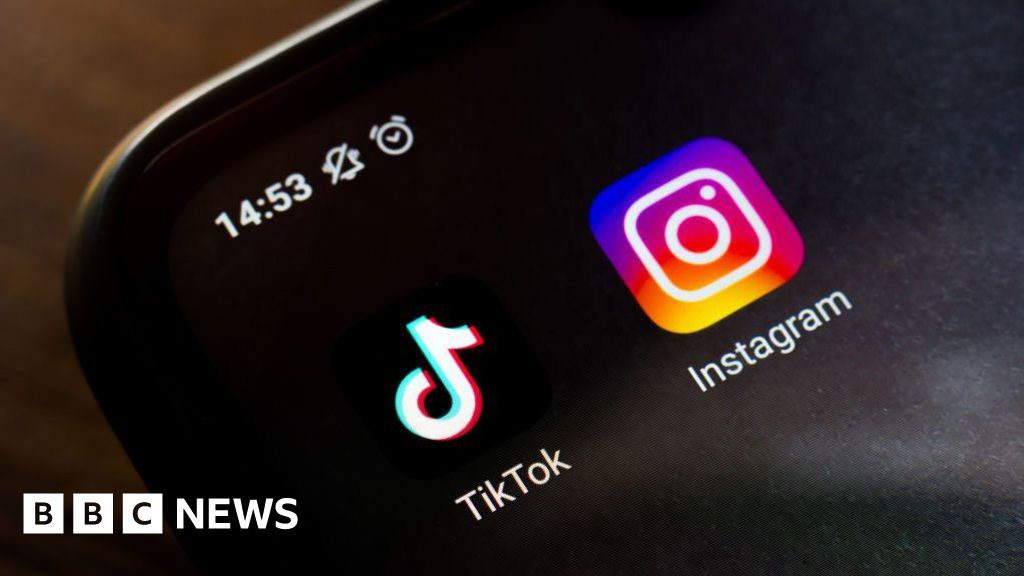“It would be bragging rights for China,” Bill Nelson, NASA’s administrator, said in an interview. “It would be a feather in their cap. And, of course, we intend for that not to happen.”
The tension comes at a time when several countries are flying spacecraft, without astronauts, to the moon and building coalitions to get there. In August, India became the first country to have an uncrewed spacecraft successfully touch down near the moon’s south pole, where there is water in the form of ice. That followed a failed attempt by Russia days before. Israel and Japan have also recently tried and failed to land robotic spacecraft on the lunar surface.
If China were to be the first to land its astronauts, sometimes known as taikonauts, it could gain the advantage in “establishing the rules of the road for how this new era of exploration will work,” said Todd Harrison, a nonresident senior associate at the Center for Strategic and International Studies.
“We want to be there establishing precedent for mining of materials on the moon and how that’s done for making claims to materials and property rights,” he said. “We want to do that in a way that’s consistent with our values and our economic system. And if China gets there first, they will get to set precedent that’s based on their values and their economic system.”
China’s space program got a late start; it didn’t launch a human to space until 2003, three decades after the United States last sent a human being to the moon. But it has built a slow and steady cadence of missions since that have propelled China into the top ranks of space powers, with a continuously inhabited space station in low Earth orbit and a robotic landing on Mars in 2021.
The moon has been of particular interest. After sending a spacecraft to orbit the moon in 2007 and again in 2010, China landed the Chang’e-3 spacecraft in 2013, becoming the first nation to soft-land on the lunar surface after the United States and the Soviet Union. In early 2019, China became the first country to land a spacecraft on the moon’s far side. And in 2020 it brought back samples from the lunar surface, in another impressive demonstration of its growing prowess and ambition.
China has now landed spacecraft on the lunar surface successfully three times this century, while the United States has not landed there since Apollo 17, the last of the Apollo missions, in 1972.
“The Chinese know that simply getting there themselves will not somehow make them the ‘winner’ in the ongoing, renewed space competition,” said Dean Cheng, a senior adviser to the China program at the U.S. Institute of Peace. “However, what China does seem to be trying to do is to make clear that it will be a major player, if not the major player, in defining the norms and standards for future space activity in the cislunar volume of space.”
To counter that, the United States has built an international coalition tied to its lunar campaign by developing the Artemis Accords, a legal framework that establishes rules for the peaceful use of space and would govern behavior on the surface of the moon.
So far, 31 countries have signed the accords, the most ambitious international space policy since the Outer Space Treaty of 1967. Under the Artemis Accords, countries exploring the moon would be required to, for example, share scientific research and be open and transparent about where they are operating and what they are doing. In the past several years, NASA — having pulled off feats such as the James Webb Space Telescope and restoring human spaceflight from U.S. soil — has become a tool of diplomatic power that the White House is eager to leverage.
“Now, when we go abroad, generally people want to see us,” Nelson said. In his conversations with national security adviser Jake Sullivan, it was clear to Nelson that Sullivan “understands that space might be one of his foreign policy tools.” And that would help, he said, “as a bulwark against the expansionism and aggressiveness of China.”
Shortly before India’s successful moon landing, it signed the accords. China, however, is not a signatory, and NASA is effectively barred from partnering with China on space missions over concerns about China stealing technology.
“Today, it’s not a race to the moon,” said Harrison of CSIS. “It’s a race about the race. It’s about how you get there, and the partnerships you build to get there, and the precedents that are set. That’s different than back in the ’60s when it was about planting a flag. Now, it’s more complicated, and more is at stake.”
Both China and the United States are aiming to build settlements at the moon’s south pole, where there is water, in the form of ice, in the permanently shadowed craters. While no country can claim sovereignty on the moon, China could say, “we’re not claiming territory, but here’s a keep-out zone and no one can land within so many miles,” Harrison said. “That would be an extension of what they’ve done in the South China Sea, building up islands out of sand and then claim an exclusion zone.”
In 2019, Vice President Mike Pence pushed NASA to meet his ambitious 2024 moon landing timeline “by any means necessary” in order to beat China, which he said was trying “to seize the lunar strategic high ground and become the world’s preeminent spacefaring nation.” That deadline won’t be met. But NASA has made some progress.
Late last year, NASA successfully completed the Artemis I mission, the first in its renewed lunar effort, sending the Orion crew capsule, without anyone on board, on a trip around the moon. By the end of next year, or early 2025, it intends to fly the Artemis II mission, sending Orion past the moon again, this time with a crew of four: three NASA astronauts — Christina Koch, Victor Glover and Reid Wiseman — as well as a Canadian astronaut, Jeremy Hansen.
But the timeline for a human landing, known as Artemis III, is uncertain. NASA is depending on SpaceX to use its Starship rocket and spacecraft to ferry astronauts to and from the lunar surface. But the vehicle has flown only once, in April, and had to be destroyed when it started tumbling out of control a few minutes into flight. Recently, the Federal Aviation Administration completed its investigation, but it is waiting on a separate investigation by the U.S. Fish and Wildlife Service into the environmental impacts of the launches before issuing SpaceX a launch license.
SpaceX has been pushing the regulatory agencies to move faster because it needs to launch Starship many times, including an uncrewed test mission to the moon, in order to prove to NASA that the vehicle is safe and reliable enough for human spaceflight. SpaceX also intends to refuel Starship in low Earth orbit before going to the moon, a challenging task that has not been accomplished before and would require a fleet of tanker spacecraft.
Testifying before a Senate subcommittee, William Gerstenmaier, SpaceX’s vice president for build and flight reliability and a former top NASA official, said that if the delays continue, “eventually, we will lose our lead and we will see China land on the moon before we do.”
Recently, NASA’s inspector general cited the return to the moon as the space agency’s biggest challenge. “NASA officials are concerned that the technical difficulties associated with SpaceX’s Starship … will delay the mission currently scheduled for December 2025 to sometime in 2026,” the IG said in a report. “The extent of delays will depend on when SpaceX can resume flight testing.”
NASA does, however, have a pair of robotic missions to the moon scheduled for the next few months. In the first, Astrobotic, a Pittsburgh-based company, would send its Peregrine lander to the moon, on a mission slated to launch in the wee hours of Christmas Eve. It would carry a suite of scientific instruments and other payloads from six countries. If successful, it would be the first commercial spacecraft to land on the lunar surface and the first for the United States since the Apollo program.
It would be followed by Intuitive Machines, a Houston-based company that intends to fly its uncrewed lander in January.
But China is not standing still. Next year, it intends to fly its Chang’e-6 mission, which would visit the moon’s far side again, this time to collect and return samples to earth. Chang’e-7 would land near the moon’s south pole in 2026 as part of an effort to eventually build a settlement China calls the International Lunar Research Station.













